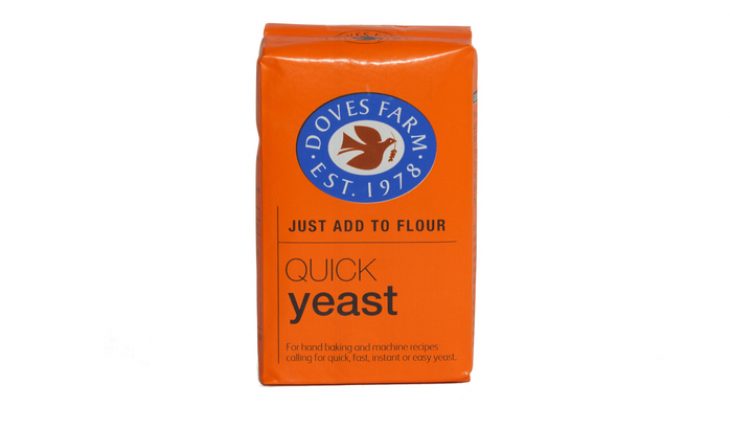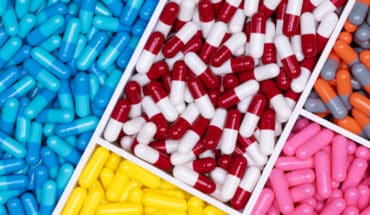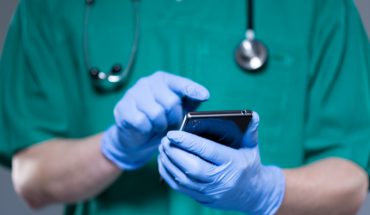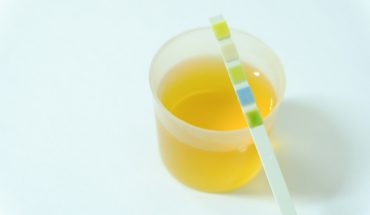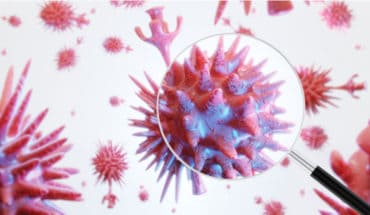Why is it important that, for the very first time, we have reengineered Baker’s yeast to manufacture penicillin? Our team at Imperial College, London, inserted fungus genes into a yeast cell to make it produce penicillin molecules and our results are published in the journal Nature Communications this week.
The reason that this is exciting is that we have shown conclusively that yeast can do a job usually done by a different type of fungi altogether – exhibit antibacterial properties against streptococcus bacteria.
The reason that this is exciting is that we have shown conclusively that yeast can do a job usually done by a different type of fungi altogether – exhibit antibacterial properties against streptococcus bacteria.
This breakthrough could open up possibilities for using re-engineered yeast cells to develop new forms of antibiotics and anti-inflammatory drugs from the nonribosomal peptide family.
The fact is that humble baker’s yeast, which has been used by man for thousands of years as an agent to help bread rise and brew beer, has some remarkable properties which means it is a perfect laboratory for us to experiment with antibiotics. It is safe to use, fast growing and easy to genetically manipulate. We also now know that, given the right conditions and genetic codes, it can make antibiotics.
The rise of antimicrobial resistance means there is a need to use genetic engineering techniques to find a new range of antibiotics from bacteria and fungi.
The rise of antimicrobial resistance means that there is a need to use genetic engineering techniques to find a new range of antibiotics from bacteria and fungi.
However, genetically engineering the more exotic fungi and bacteria– the ones likely to have antibacterial properties – is challenging because scientists don’t have the right tools and they are difficult to grow in a lab environment, requiring special conditions. But Baker’s yeast could offer a simple solution to many of the problems we have faced in the past.
Where we go from here is very exciting. Potentially, researchers can take DNA fragments from various branches of the Kingdom of Life and put them together to see if we can create new antibacterial molecules or those that can fight different types of disease including cancer. Yeast will provide the underlying metabolism that feeds the reaction and can be engineered to perform the production process. We know that yeast has another surprising quality – it actually excretes the antibiotic into the surrounding culture liquid. This makes it easier to harvest and test the results. When we found this out, it made our work much easier.
Although this is only the first step, I think we are not as far away from actually generating new effective antibiotics using this technique. In the next decade, we expect to see some real breakthroughs.
- Baker’s yeast makes penicillin - 4th May 2017
- Hi-tech tea - 30th May 2016
